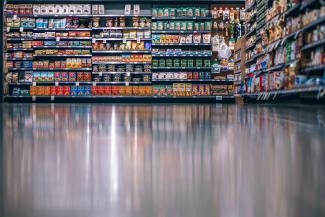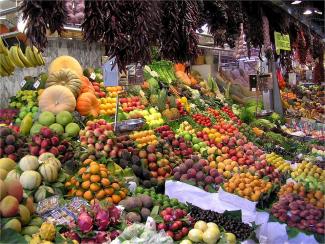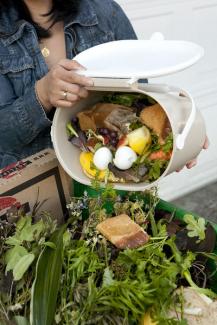Paper or Bio-Plastic? Innovative Packaging to Prevent Food Loss

It’s well known that up to 40% of food in the United States goes to waste. As a result, a large portion of the blue water utilized in agricultural irrigation ends up back in the ground—not in aquifers, but in landfills. While the majority of food waste in the United States is attributable to the disposal of safe, edible foods, a considerable amount of food that goes to landfill is “lost” due to spoilage or food being otherwise deemed unfit for human use.


![Food Waste By Taz [CC BY 2.0 (http:/creativecommons.org/licenses/by/2.0)], via Wikimedia C](/sites/default/files/styles/max_325x325/public/images/blog/800px-gi-market-food-waste.jpg?itok=YeVVARt8)



